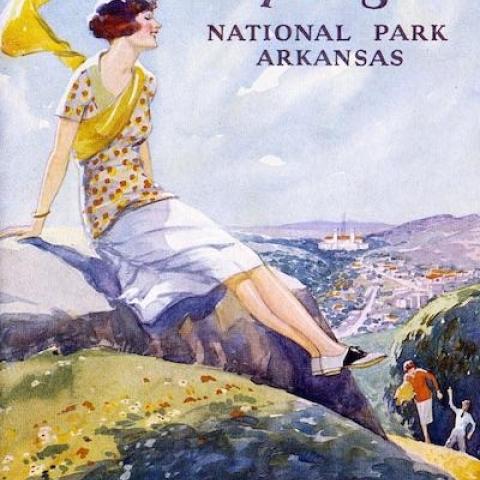
Five old, unhealthy Southern magnolia trees are being replaced at Hot Springs National Park/NPS
Five aged and weakened Southern magnolia trees at Hot Springs National Park in Arkansas are being replaced with younger, healthier trees.
The Magnolia Promenade has long been an iconic part of the national park, and the National Park Service is dedicated to preserving that viewshed. Beginning on Monday crews will replace five of the hazardous trees.
Unlike other trees such as Bristlecone pines, Douglas firs, or Redwoods that can live more than 1,000 years, Magnolias have a lifespan of 80 to 120 years, according to park staff. The oldest magnolias along Bathhouse Row were planted as early as 1894, and a second round of magnolias were planted in 1914, making the trees anywhere between 99 and 129 years old. As the trees age, they lose their integrity and can become dangerous.
The selected trees that will be replanted have suffered irreparable damage from traffic accidents, disease, insect infestations, age, and extreme weather. As such, they pose a risk to pedestrians on Bathhouse Row and vehicular traffic along Central Avenue.
The park intends to slowly replace the magnolias along the Row as they become hazardous. By taking a phased, generational planting approach, the park can ensure that Bathhouse Row and the Magnolia Promenade will maintain its character, beauty, and shade for the next century.
The replanting project is expected to take about a month to complete. The outer, northbound lane of Central Avenue (closest to Bathhouse Row) will close from October 15 through 25 between 9 a.m. and 3 p.m., Monday through Friday, while trees are trimmed and removed.


 Support Essential Coverage of Essential Places
Support Essential Coverage of Essential Places






